Railways are complicated. Their mechanical complexity required the invention of the modern engineering profession to stop them from killing people (mostly). Just as importantly, their business complexity required the invention of the modern accounting profession to stop them from going bust (again, mostly).
A century and a half on, and many mergers, nationalisations, privatisations and re-nationalisations later, railway finance remains hard to follow. So when fares go up, you generally get to read misleading, knocked-together copy about how fares today are unreasonable and outrageous, how everything is better in other countries, and how everything used to be much nicer in the old days.
The blame for the sky having fallen in varies according to the publication’s bias. The Guardian blames privatisation and profiteers, while The Telegraph blames regulation and bureaucrats. Both are almost entirely wrong.
Charging by use, not by set price
The worst reporting on the cost of rail involves a cherry-picked comparison of particular journeys, where a foreign ticket is compared to the most expensive available walk-up UK ticket for a long-distance journey. This allows The Telegraph to pretend that a ticket from London to Bristol costs £102, compared to £29 for the similar distance from Marseille to Nice.
In fact, a walk-up off-peak ticket from London to Bristol costs £44.70, and an advance single booked a couple of weeks in advance costs £25.50. Newspapers run the same trick when they compare walk-up rail fares to advance-booked plane fares, which should amuse anyone who’s ever tried to buy a walk-up plane fare.
Look more closely, and you’ll find that UK long-distance and regional train fares are on a par with other high-income countries; the only exceptions are expensive peak-time walk-up tickets. In other words, the UK is better at yield management - selling cheap tickets on empty trains and expensive ones on full trains.
Who pays the piper?
The data required for a proper comparison is available, but is also confusing. To keep things simple, we’ll use data for Great Britain here (the regime in Northern Ireland is very different).
In 2014-15, trains in Great Britain were subsidised to the tune of £3.5bn. That number represents the subsidy that the Government pays directly to publicly-owned track operator Network Rail (£3.1bn), minus the premium that train operators pay the Government for the right to operate (£1.2bn), plus the subsidy from devolved administrations and regional passenger transport executives.
Passengers in Great Britain paid £8.8bn in fares in 2014-15, leaving total rail funding at £13.5bn.
So 26% of the cost of running the rail network in Great Britain in 2014-15 was paid by taxpayers, and 71% was paid for by train fares (the rest is ‘other income’, like Network Rail’s property leasing). This compares to 2010-11, when 36% of the cost was met by taxpayers.
In other words, the amount by which the state is subsidising the rail network is falling. The subsidy is also far less than is paid elsewhere. In New York City, taxpayers meet 44% of the rail system’s operating cost. In Montreal, Canada, it’s 43%, while in Sydney, Australia, it’s 80%.
In 2012, German rail consultants Civity carried out a study for the UK’s Office of Rail Regulation. This confirmed that the level of subsidy for Great Britain was low compared to other western European countries, particularly for commuters:
Commuters pay a lot, but they still come…
So commuter train fares in Britain are more expensive than those elsewhere. The pro-austerity Coalition Government had made deliberate and conscious policy decisions that reduce the amount taxpayers pay towards the railways, and increase the amount that passengers pay - a policy the curretn government has continued.
The drive to cut subsidy has been concentrated on high-demand commuter services. Regional passengers get a good deal by international standards; so do long-distance passengers, provided they’ve bought their ticket in advance.
Whether that’s a good way to structure things is very much open to personal taste. There is plenty of research to suggest that greater rail usage has benefits for society at large. On the other hand, rail usage in the UK has grown by 130% since 1994-95, and rose by 2% in 2015-16, despite rising prices; most of this growth has been among commuters. In other words, as much as people grumble about lower rail subsidy and higher fares in the UK, they aren’t actually putting many people off.
But what about the privateers?
A final common complaint about the railways is that the train operating companies remove significant amounts of money from the system in dividends. You’ll be shocked to hear that this isn’t true either.
Train operators in England made a total profit of £233m in 2014-15. That’s just under a 2% margin on the industry’s revenue. By way of comparison, supermarkets make a revenue margin of about 6%; Apple makes 40%.
The upshot of all this is that, if we were to keep the subsidy at the same rate, eliminate operators’ profits tomorrow, and pass all the money saved straight onto commuters, it would lead to a cut in rail fares of 2%. But once only.
That’s even if you accept the case that train operators are useless parasites with the tendering process providing no benefits over recreating British Rail in-house, and if you assume that the process of restructuring would be cost-free. That’s a pretty bold set of assumptions to make for the sake of a one-off 2% cut in your ticket price.
Rail subsidies are complicated, analysing things is difficult, and some journalists are lazy: it’s no surprise that most commentary on the relative value of UK rail fares should be worthless. But, if you do the analysis properly, it turns out that when fares are higher, there’s a good reason for it: people don’t like paying tax.
This is an updated version of a piece originally published in February 2015 by CityMetric.com. You can follow CityMetric on Twitter or Facebook.
This article can be found in: RAIL 818: January 18 - January 31 2017

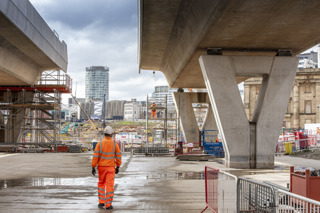
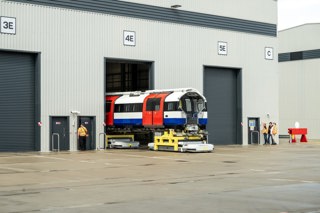
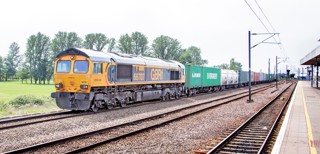
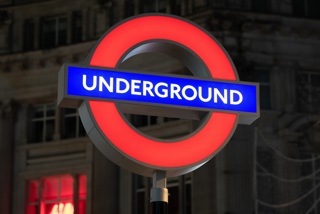




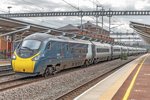







Login to comment
Comments
No comments have been made yet.